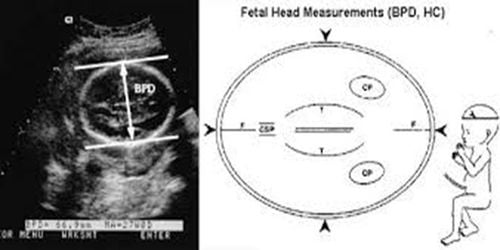This is an automatically translated article.
Abortion placenta, miscarriage after miscarriage or postpartum is not a complicated procedure, but if not handled properly, it can greatly affect the reproductive health of women in the future.
1. Why do you have to cure the placenta and get pregnant?
After the egg is fertilized, the uterus will form a placenta. The placenta plays a role in connecting, transferring nutrients and oxygen from the mother's blood to the fetus, helping to protect the fetus from the risk of infection.
After giving birth, the placenta no longer plays any role in the body. Normally, about half an hour after giving birth, the placenta will be pushed out by the uterus. If you have a cesarean section, your doctor will remove the placenta. Where part of the placenta remains in the uterus, it is called a placental abruption.
Placental defect is a very dangerous condition, which can lead to infection, even bleeding, threatening the life of the patient. Therefore, when the placenta is left behind, the pregnant woman needs to have the placenta removed as soon as possible.
2. Symptoms of retained placenta, missed pregnancy
The most characteristic symptom of placental abruption is abnormal bleeding. After giving birth, women will have discharge in the vaginal area. Many people mistakenly think that bleeding due to retained placenta is simply fluid. However, it is necessary to distinguish between vaginal discharge and abnormal bleeding after birth by looking at the color and state of the blood stains.
If the placenta is left behind, you will see a lot of blood, bright red with blood clots. In addition, there will be a few accompanying symptoms such as:
Fever Abdominal pain Fatigue, dizziness due to blood loss. Most of the cases of stillbirth are often encountered in cases of abortion at unsecured medical facilities.
3. The process of curettage of the placenta and the pregnancy
The technique of curettage of the placenta and fetus must be performed by a specialist in Obstetrics and Gynecology. The doctor will have to wash his hands, wear a shirt, wear a hat, wear gloves, and wear a sterile mask when performing the procedure.
Before conducting a curettage, the patient will have a full body examination, blood pressure measurement, temperature check, and medical history information. After that, a gynecological examination will be conducted, in case of miscarriage, the doctor will determine the gestational age, the condition of the uterus, the condition of the uterus. If there is no problem, the doctor will explain in detail about the current situation and the procedure to ensure the patient's peace of mind.

Bác sĩ thăm khám và tư vấn cho bệnh nhân trước khi tiến hành thủ thuật
The process of scraping the placenta and the fetus
Disinfecting the vulva and the entire perineal area Disinfecting the vagina and cervix In some cases, the patient needs to be catheterized After that, the doctor places the valve expose the vagina and cervix The doctor uses Pozzi clamps to pair the cervix at the front or back The patient is given local anesthesia of the cervix The doctor conducts positioning, measuring the height of the uterus, dilating the uterus. cervix if necessary Use forceps to remove the fetus or placenta Using a blunt spoon curettage the uterus In case of uterine bleeding, poor contraction, the patient will be injected with Oxytocin After curettage, the doctor measures the uterus again, Cervical and vaginal disinfection. The organization of curettage will take a sample to take to pathology. After scraping the placenta, the patient will use antibiotics according to the doctor's prescription. Patients need to pay attention to their health, go to the hospital for check-ups as soon as there are abnormal signs.
Please dial HOTLINE for more information or register for an appointment HERE. Download MyVinmec app to make appointments faster and to manage your bookings easily.
LEARN MORE
Signs of placental remnants after birth Risk factors for postpartum placenta Tracking and management of complications related to placenta after birth













